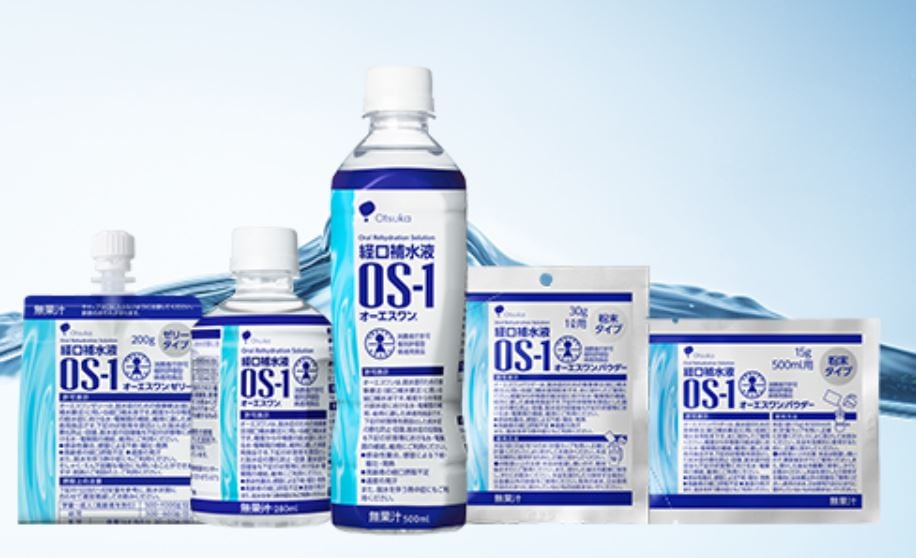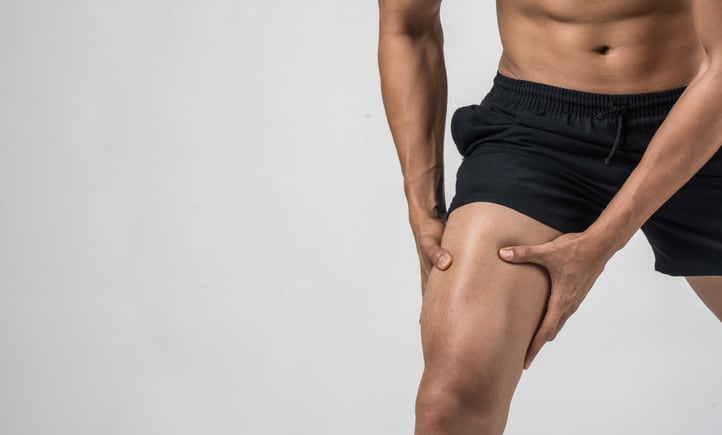OS-1 is approved as a food for persons with medical conditions in Japan and is intended to provide water and electrolytes to maintain proper water and electrolyte balance in people with mild-to-moderate dehydration.
Muscle cramp is a painful, involuntary muscle contraction, and that occurs during or following exercise. The causes are likely to be multifactorial, but dehydration and electrolytes deficits are considered to be factors.
According to a recent study funded by Japan’s Otsuka, researchers in Australia and Japan found that ingestion of OS-1 could decrease muscle cramp susceptibility, which was measured by electrically stimulating calf muscles to induce muscle cramping.
The findings were published in the Journal of the International Society of Sports Nutrition.
Study design
10 men between 22 to 31 years old were recruited for this cross-over study. All were in good health and fitness, regularly participated in exercise (2-3 times a week) and were not prone to muscle cramping.
They performed downhill running in the heat (35–36 °C) for 40 to 60 min to reduce 1.5 to 2% of their body mass.
Participants were tasked to consume either spring water or OS-1 to replace body mass loss. The experiment was repeated after one week, with the other treatment.
The electrolyte drink (OS-1) is an oral rehydration solution (ORS) consisting of sodium (1150 mg/L), potassium (780 mg/L), magnesium (24 mg/L), chloride (1770 mg/L), glucose (18,000 mg/L) and others (e.g., phosphorus).
The plain water group was given spring water (Coles Natural Spring Water, Australia) which contained a small amount of sodium (2 mg/L), potassium (0.5 mg/L), magnesium (18 mg/L), chloride (1.2 mg/L), and calcium (39 mg/L).
Calf muscle cramp susceptibility was assessed by a threshold frequency (TF) of an electrical stimulation to induce cramp at baseline, immediately after running, 30 and 65 minutes post-running.
The stimulation frequency starts at 10 Hz and increased by 2 Hz every 30 s until muscle cramp was induced, and the TF was recorded. The higher the TF, the less susceptible the participant is to muscle cramps.
Blood samples were also taken at baseline, immediately after and 65 min after running to measure serum sodium, potassium, magnesium and chroride concentrations, and serum osmolarity.
Electrolyte effect
For the OS-1 results, TF increased by 6.5 ± 4.9 Hz (immediately after exercise), 11.5 ± 6.4 Hz (30 minutes post-exercise) and 13.6 ± 6.0 Hz (65 minutes post-exercise).
However, TF decreased by 3.8 ± 2.7 Hz, 4.2 ± 2.2 Hz and 4.5 ± 1.7 Hz for the respective time points for the spring water findings.
Although the present study was not able to assess muscle cramp susceptibility during exercise, the decrease in TF at immediately post-exercise is likely to indicate increased muscle cramp susceptibility during exercise too.
Serum osmolality and serum sodium concentration slightly decreased for the spring water condition, suggesting that sodium concentration in the blood was more diluted after the spring water than OS-1 ingestion.
However researchers said the decrease in serum sodium concentration may not be a cause of muscle cramp.
They explained that the increase in TF in the OS-1 condition could be due to glucose rather than electrolytes.
They recommended adding the same amount of glucose to spring water to examine the effects of glucose on muscle cramp in a future study.
Limitations and recommendations
This present study showed that ingesting OS-1 appeared to be effective in preventing muscle cramp, but further research is warranted to investigate why this is.
Researchers also recommended to include female participants, athletes, and other age groups to confirm the present study findings.
Source: Journal of the International Society of Sports Nutrition
https://doi.org/10.1186/s12970-021-00414-8
“Effect of oral rehydration solution versus spring water intake during exercise in the heat on muscle cramp susceptibility of young men”
Authors: Wing Yin Lau, et al.




